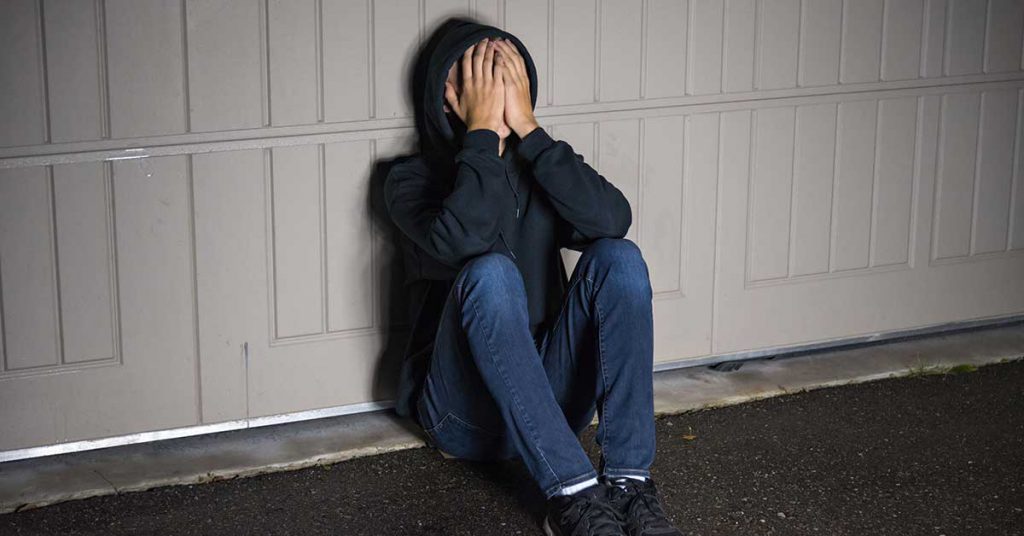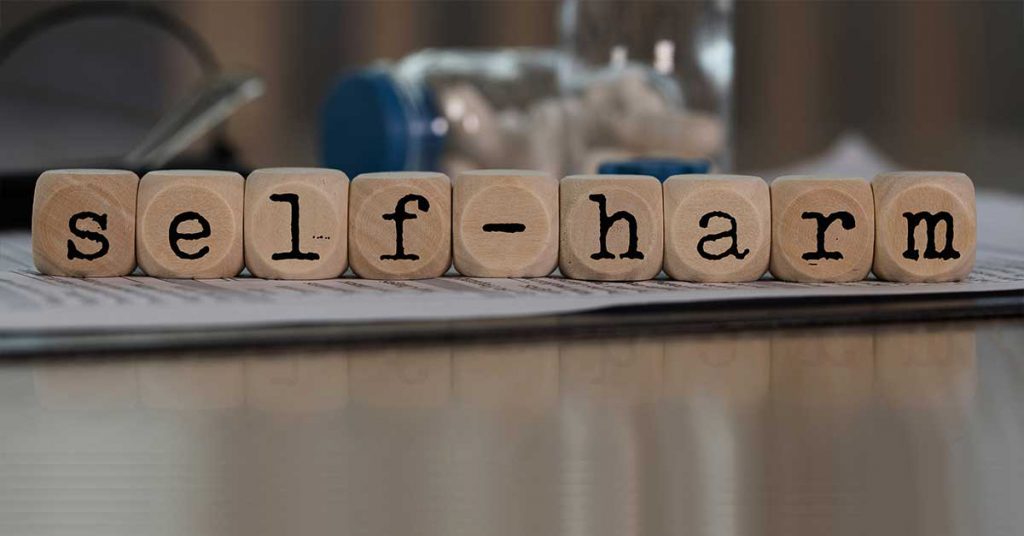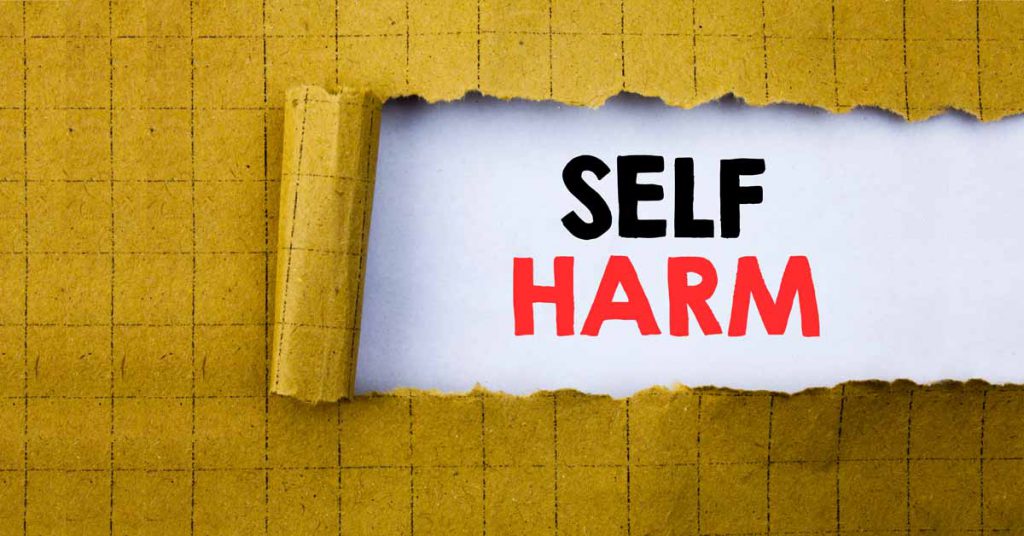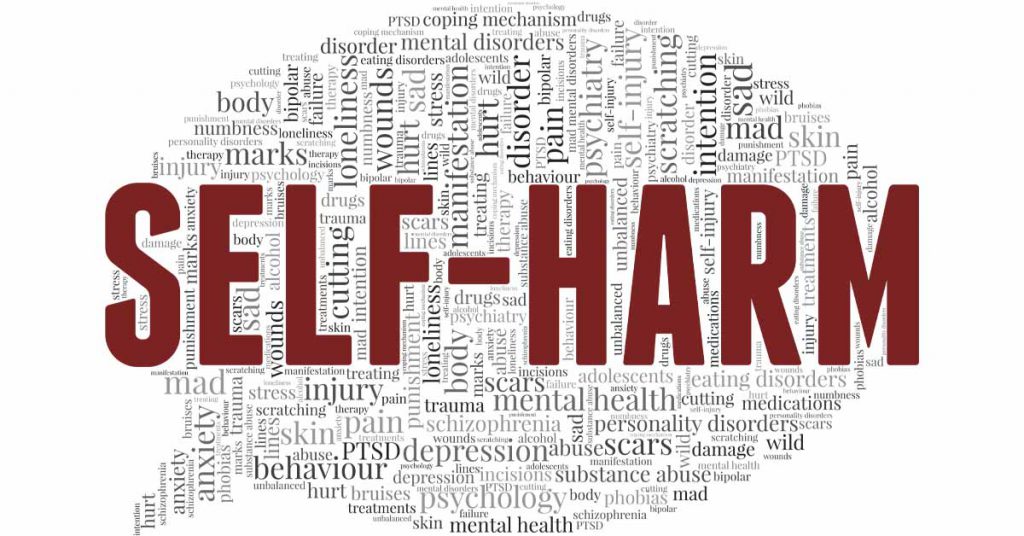Self-harm, intentionally injuring oneself, is an indication of overwhelming emotional pain that the individual is struggling to overcome. Self-harm treatment plays a vital role in providing tools for the individual to overcome the causative factors along with life-long management.

Common Causes & Signs
Self-harm is not synonymous with suicidal attempts. The causes and mind-frame of individuals who inflict self harm are not always identical to those attempting suicide. We’ll go over some of the triggers and symptoms of self harm.

Causes
- Seeking Relief from Emotional or Psychological Trauma
- Inability to Cope with Severe Distress
- More Common in Adolescents
- Self-Directed Anger
Signs
- Injuries on Arms or Body – typically with Sharp Objects
- Frequent Bandages or Hiding Scars with Long Sleeves
- Long Amounts of Time Spent Alone, Out of Sight
- Low Self-Esteem and Negative Self-Image
- Feeling worthless and shameful

Misconceptions about Deliberate Self Harm
Many people misunderstand the reasoning behind self infliction and might make different assumptions. One common misconception is that self-harm is a result of attempted suicide. Although there may be a higher risk for those who self-harm to struggle with suicidal thoughts, many individuals who deliberately injure themselves are not attempting to end their lives.
Another common misconception about intentional self injuries is that the individual is looking to garner attention. The reality is that the majority of cases demonstrate self-isolation and privacy, and attempts to hide the self-infliction from others. They will commonly be found wearing long sleeves or bandages to cover the scars.

Treatment
Self-harm treatment is established around understanding the contributing factors, effective interventions, and long-term prevention. Individualized psychological and psychosocial treatment designed around specific needs has proven to be a promising approach. Finding the right therapeutic environment and certified specialists in the field of holistic self-harm treatment, results in better outcomes.
Individuals who intentionally injure themselves may also struggle with substance abuse, addiction, and mental illnesses, compounding the treatment modality. Because all of these struggles intertwine, it’s essential to treat all issues together when establishing self-harm treatment.